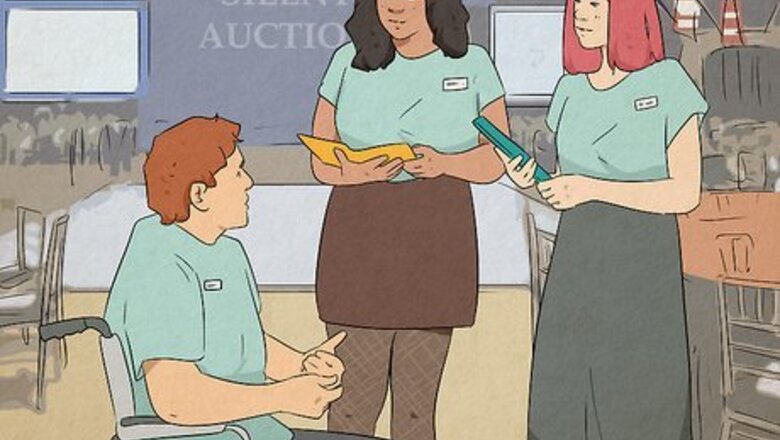
views
Preparing for the Event
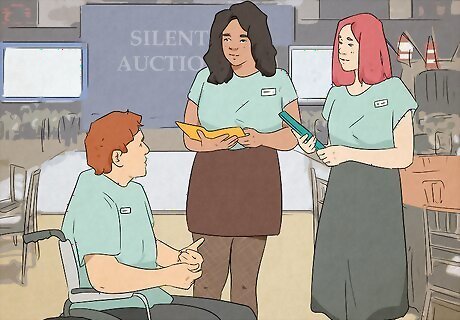
Recruit volunteers. A contact list, especially an email list, is handy for this. You will need: volunteers to help set up; volunteers to monitor and close tables at the appointed time and make sure minimum bid and minimum increase requirements were met; a “bank” crew to organize bid sheets (especially of multiple winners) and collect money from winning bids; and a clean up crew. Select volunteers willing to be officials. These people will need to know the rules of the silent auction and who to go to for questions they can’t answer. During the event they will wear something—hat, vests, jackets, or sashes—that designates them as officials.

Ask for donations. To make money for your charity, you'll need items or services to sell at the silent auction. Many businesses and even individuals within your community will likely be happy to help, if you tell them what the purpose of the auction is and who will benefit from it. Don't forget to ask for services as well as tangible goods. Perhaps a local salon will donate a haircut and/or style, or a local golf course could offer a round of golf with a trainer.
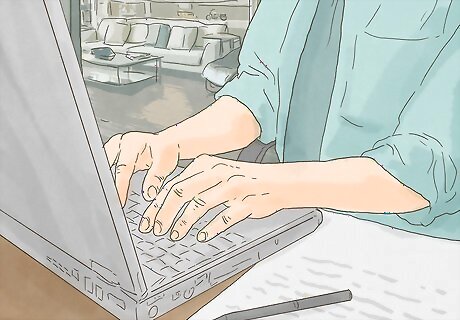
Make a master list of the value of all the items. If you are going to do this again next year, it is nice to have the same people go to the same businesses each year. Include space on your master list to write who donated the item, the value of it, the donor's contact information, who won the item, their phone number, and how much they paid. This way you can make sure they get their items and you know how much money you made. When making a master list, consider using a computerized program such as Excel. Another volunteer might be willing to input the information. If so, make columns for donor name, address, and phone number, item number, item description, and value.
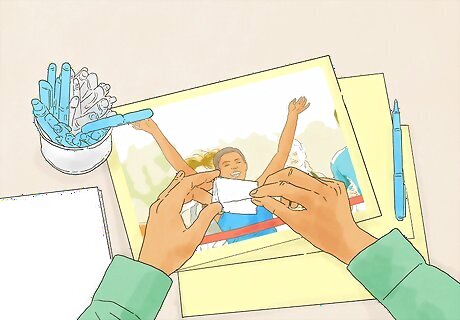
Put a number on each item. Use small blank stickers or labels available at general stores and office supply businesses. If you have more than a few items and if any of them are similar, it makes keeping track much easier. Put the same number next to the item on your master list. Put the item number on the bid sheet as well, so bidders can match the bid sheet to the item.

Make a list of supplies you think you’ll need and go shopping. You'll need clipboards, paper, and pens at minimum. Also purchase some whiteout tape, extra bid sheets, and an extra roll of tape to tape your bid sheets down, if you aren't using clipboards. Try to buy supplies at a warehouse store with a generous return policy. If the store requires a membership, keep that in mind when sending someone on a run for last-minute supplies. And make sure that person has a cell phone and that a key person at the event has that number. After they have left for a supplies run, you’ll surely find something else that needs to be picked up. If you don't already have one, you'll also need a secure cash box. If you plan to take credit cards (which is a very good idea), get a card reader. Services such as Square offer readers that attach to tablets and smartphones.
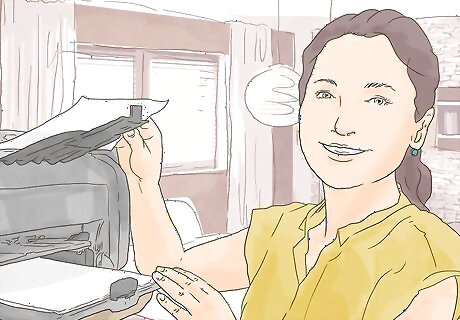
Print bidding sheets. Write the name of the item, a short description of the item, how much it is worth, and who donated it. Include a minimum bid (generally 40% of the retail value) and minimum bid increase increments. (One rule of thumb for minimum increase: $1 for items up to $50, $2 for $50-$100, $5 for items over $100). Make sure there is space for the bidder’s name, phone number, and the amount they bid. If you like, Add a "Buy it Now" price to each bid sheet in case someone wants to leave before the end of the auction. Have a volunteer make up certificates for services. If the donated service didn't come with a gift certificate, you can print up your own. You can also use your own certificates for gift certificates with small print that are hard to read.
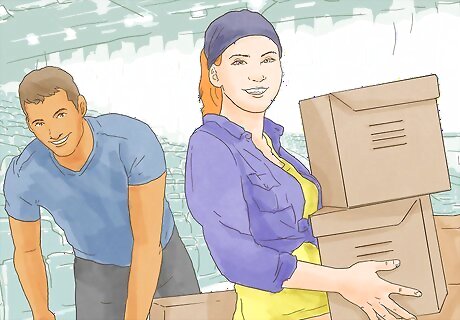
Start setting up early. Try to set up a day before the event. You’ll need extra time not only to set up but to allow for any mistakes. If you can, set up a day or two before the auction so you don't have to stress about it. Consider designating someone who is willing to go to the store to buy forgotten items.
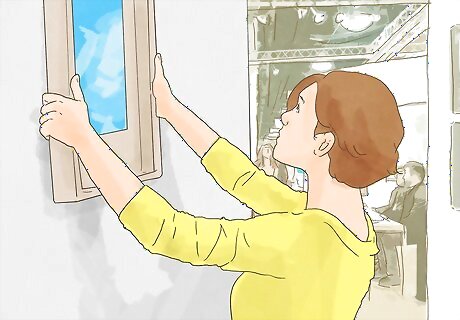
Lay out all the items and the bid sheets so people can see them. If you have a lot of items you may have to be pretty creative. For example, some things might be better hung on walls or placed on display easels. Don't worry if the bid sheet isn't right next to the item. Just make it close. That's what the numbers are for.
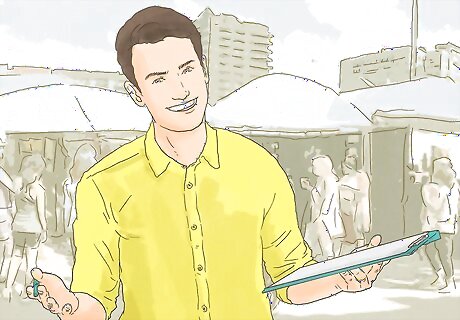
Secure the bid sheets. It's easy for bid sheets to get blown or knocked around. The best way to secure them is to clip each bid sheet to a clipboard, with an attached pen. This is an easy and convenient setup. You can also use painter's tape to secure the bid sheets.
During the Event
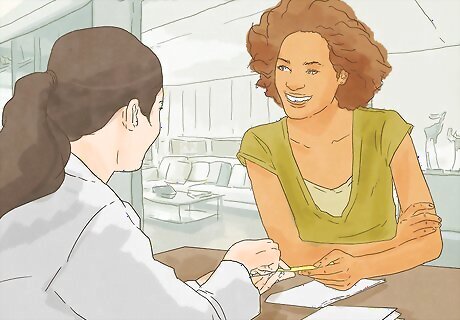
Have volunteers monitor the tables. Monitors will help make sure bid sheets are staying in place and people are following the minimum bid and minimum increase rules. People will probably have questions about some items, so try to prepare the volunteers to answer them.
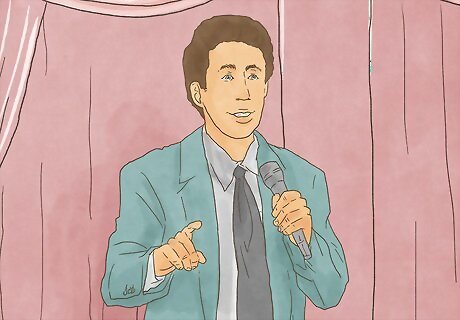
Give people plenty of warning as closing time approaches. Make announcements at least 10 and 5 minutes before. If you have one closing, announce it loudly and clearly. If you have interval closing times, announce loudly and clearly which closing it is. People will want to bid right up to the very end. End at that time. Choose one person's watch to use and put them in charge of the time since everyone's watch is different.

Collect the bid sheets and pens once bidding is over. Have the volunteers quickly pick up all the pens and sheets so no one can be sneaky and try to slip in a late bid. Volunteers need to circle the winning bid and draw a line through the empty spaces of the bid sheets, so no one can add their name after the closing time. If you have many items, consider closing the tables at intervals, such as every 15 minutes. Doing so helps keep the volunteers from being overwhelmed at table closing time.

Check to make sure the winning bids have followed the minimum bid and minimum increase rules. If a minimum bid was not met, set that sheet aside. Organizers can decide later how to deal with it. If a minimum increase was not met, select the most recent high bidder (above the minimum bid) who did meet the minimum bid. The volunteers then take the bid sheets to the “bank.”

Have “bank” volunteers sort the sheets. It's easy to sort by last name in alphabetical order. If anyone has won more than one item (a common occurrence), staple those sheets together. That way you only need to have them pay once. If you have just a few items, you can call people's names and have them come get their stuff.
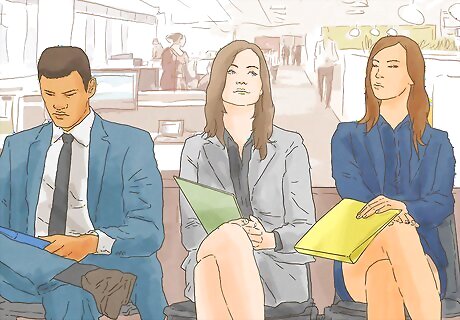
Cordon off the bank area and ask everyone to wait. If your bidders are able to take their items home with them after the auction, ask them to wait while the bids are verified. It's helpful to have a game or other entertainment available to keep bidders from getting bored.
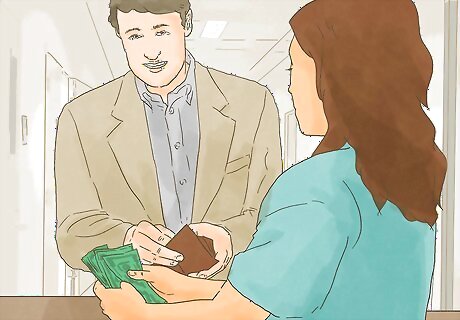
Call people to the bank when the bankers are ready. Either call bidders up one at a time by name or just have them form a line. If you are using the latter method, the bankers will have to search through the bid sheets for the bidder’s name, so it's important that the bid sheets are alphabetized.
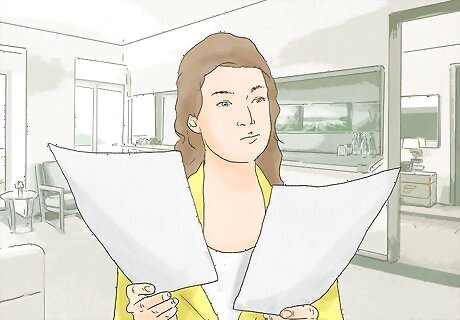
Set aside bid sheets for people who don't come to the bank. If someone has won one or more items and doesn’t appear on their own, set those bid sheets aside. When you’re just about done with the people in line, have the emcee announce their names in case they are still at the event. If the bidder still doesn't appear, note it on the bid sheet. You can arrange an alternate pickup or give the item to the next highest bidder, depending on the rules you established.
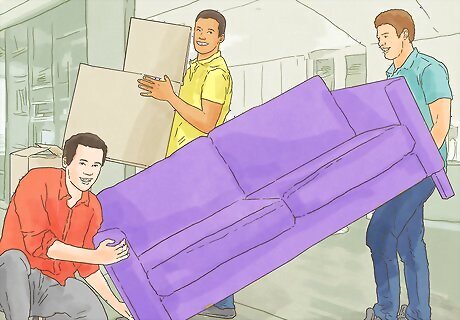
Have a volunteer collect the items as people pay. You could send people to collect their own items, but silent auctions often attract people who want a good deal and might not particularly support the cause for which you are raising money. Most people are very honest, but one bad apple can really spoil the event for others.
After the Event
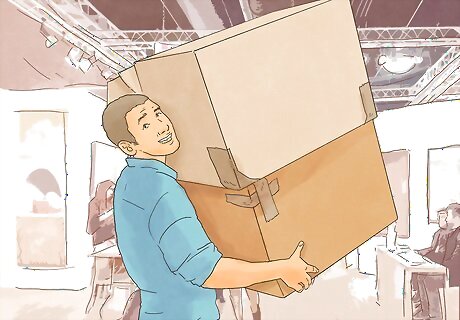
Deal with the leftover items. After the line of people is gone, you will probably have things left over. These people went home, didn't know they won, or whatever. That's why you have their phone number on the bid sheet. If you can’t leave the items at the event location, you will probably have to take them home. Make sure you or a volunteer has the bid sheets with the phone numbers. For items that met the minimum bid but weren’t picked up, you or a volunteer will need to call the bidder. Sort out all the bid sheets that go to the same person. They may have bought one thing or twenty. Add up their total and call to tell them they have won. Ask if they could please come get their things. You may have to be flexible about arranging a time to meet them. If you have lots left over, divide up the pile so no one has to call 20 people. This part can be a big hassle, so divvy the work to make it easier.
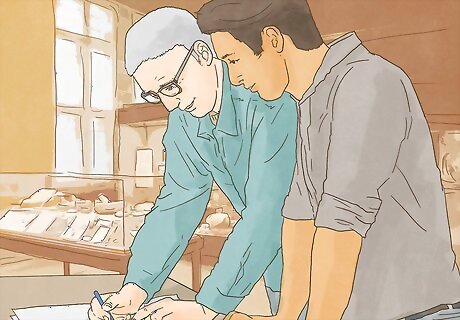
Prepare for derelict bidders. Undoubtedly there will be people who don't want to pay for the things they bid on. Call the next person on the bid sheet and see if they still want it.
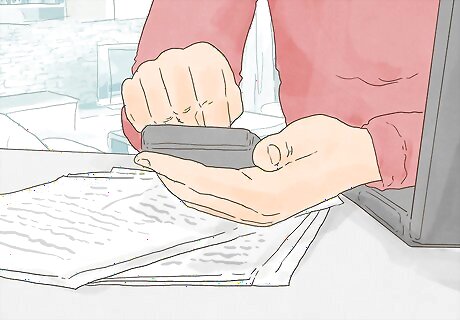
Count the money and checks before going to the bank. Bank tellers can make mistakes. Look for checks that are made out improperly. The bank may still accept them, but you should be aware of them.

Give thanks and recognition to those who donated and bought. If you have volunteers on your email contact list, send out an email thank you and let them know how successful the event was. Send a personalized thank-you to vendors and businesses who donated goods and services. Contact any newspaper columnists or radio disc jockeys who promoted your event to thank them and let them know it was a success. Write a letter to the editor of your local newspaper thanking people who helped. If the winning bid was more than the value of the item, the person may want/need a tax deductible receipt - for the amount 'donated' over the value - along with the thank-you. If your organization has a business office or accounting department, you may want to ask them about tax implications of the items in the auction and if a tax needs to be deducted from the bid amount. This is why complete documentation of the source of the item, the description, and the item's value is so important.



















Comments
0 comment